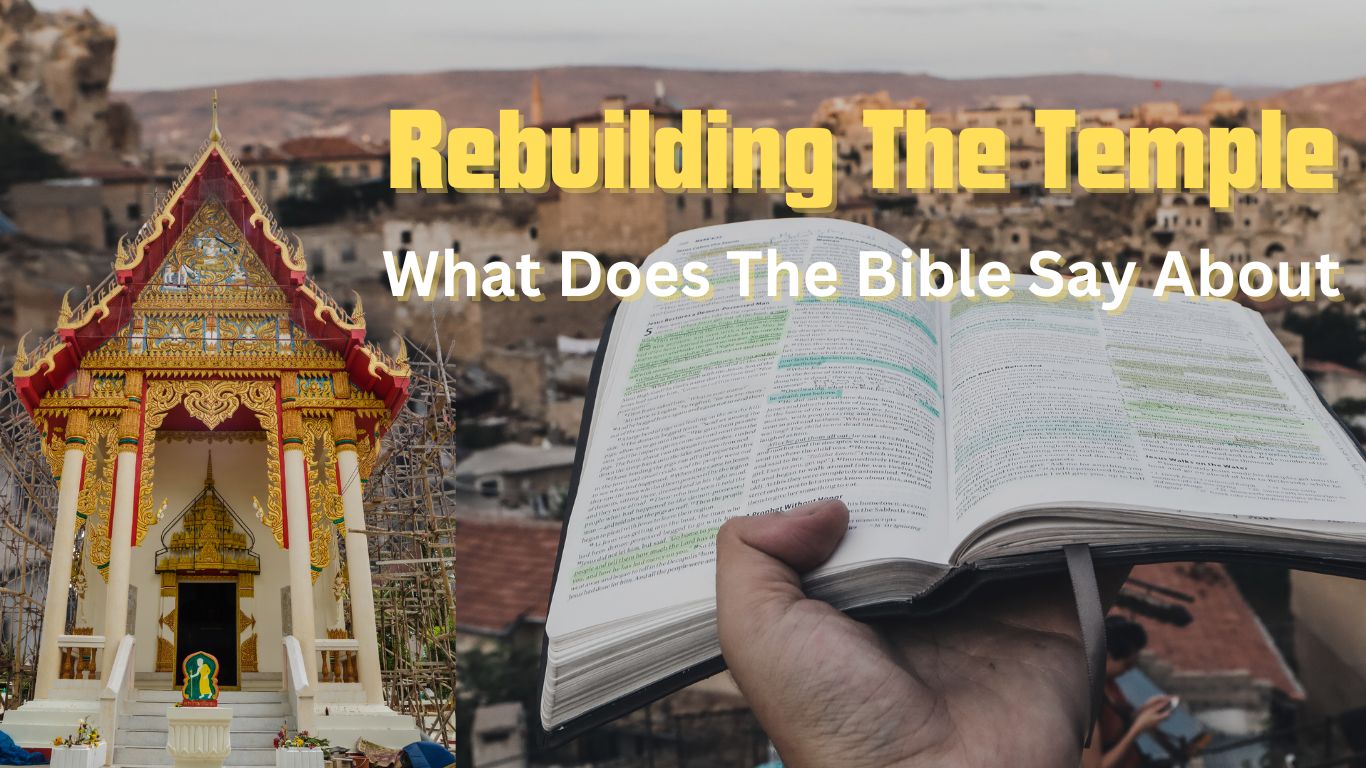 Welcome to a deep dive into one of the lesser-known yet fascinating aspects of biblical literature—the Black Bible. In this article, we will explore what the Black Bible is, delve into its stories, and identify key black characters within the scriptures. Furthermore, we will guide you through various Bible translations and suggest an order for reading the Bible that enhances understanding and connection. This exploration aims to provide you with a well-rounded perspective of the Black Bible and offer practical advice on navigating the rich tapestry of biblical texts.
Welcome to a deep dive into one of the lesser-known yet fascinating aspects of biblical literature—the Black Bible. In this article, we will explore what the Black Bible is, delve into its stories, and identify key black characters within the scriptures. Furthermore, we will guide you through various Bible translations and suggest an order for reading the Bible that enhances understanding and connection. This exploration aims to provide you with a well-rounded perspective of the Black Bible and offer practical advice on navigating the rich tapestry of biblical texts.
What is the Black Bible?
The term “Black Bible” does not refer to a single canonical text but rather to interpretations and translations of the Bible that resonate deeply with the African American community. One prominent example is the Black Bible Chronicles, a series that reimagines the Bible using modern African American vernacular. This adaptation seeks to make biblical stories more relatable and accessible to contemporary audiences, emphasizing the universal themes of struggle, liberation, and faith that are particularly resonant within the African American historical context.
The Story of the Black Bible
The Black Bible Chronicles spans two main volumes, with each adapting the biblical narratives to a modern setting and language. This adaptation uses Ebonics, or African American Vernacular English (AAVE), to bridge cultural gaps and make the scriptures more approachable. The story of the Black Bible is thus a story of adaptation and relevance, ensuring that the timeless messages of the Bible are understood by all, regardless of their background.
Prominent Black Characters in the Bible
The Bible mentions several black characters who play crucial roles in its narratives. These include:
- The Queen of Sheba: A powerful figure who visits King Solomon to test his wisdom.
- Ebed-Melech: An Ethiopian eunuch who helps the prophet Jeremiah.
- Simon of Cyrene: The man compelled to help Jesus carry his cross.
These characters highlight the diversity present in biblical times and reflect the universal reach and applicability of its lessons.
Understanding Different Bible Translations
There are numerous translations of the Bible, each offering a different perspective and understanding. Some notable translations include:
- King James Version (KJV): Known for its majestic prose and poetic beauty.
- New International Version (NIV): Appreciated for its balance between readability and literary quality.
- The Message: A modern translation that paraphrases the text into contemporary language.
For those seeking a deeper historical approach, the Most Accurate Bible Translation according to Wikipedia and other scholarly sources can offer insights into the most faithful renditions of the original scriptures.
Suggested Order for Reading the Bible
To gain a comprehensive understanding of the Bible, consider the following order:
- The Gospels: Start with Matthew, Mark, Luke, and John to understand the life and teachings of Jesus.
- Genesis and Exodus: These books provide the foundational myths and stories of the Jewish people.
- Psalms and Proverbs: Delve into the wisdom literature for poetic and philosophical reflections.
- Epistles and Acts: Explore the formation of the early church and its teachings.
- Revelation: Conclude with the apocalyptic visions and the promise of a new creation.
This sequence helps build a layered understanding of biblical themes and characters, enriching your reading experience.
Conclusion:
The Black Bible and its various translations offer a unique lens through which we can view the sacred texts. By understanding its context, recognizing its significant characters, and exploring its translations, we can appreciate its richness and relevance to modern life. Whether you are new to biblical studies or seeking to deepen your knowledge, the Black Bible provides a compelling pathway to exploring your spiritual heritage and finding personal meaning in its teachings.










